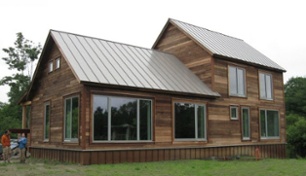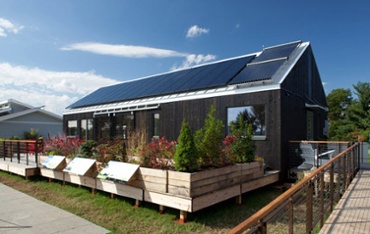LEED, Passive House and Pretty Good Houses- Designing Better Buildings
7/21/2014
LEED, Passive House and Pretty Good Houses- Designing Better Buildings
There are many green building guidelines, programs, standards and certifications available in the US and Canada. The best green building approaches cover many elements of the building such as energy efficiency, water efficiency, resource efficiency, responsible site management, and improved indoor air quality. Guidelines, programs, standards and certifications that only address one aspect of green building, such as energy efficiency can create success in one green building principle but issues in
Read More



